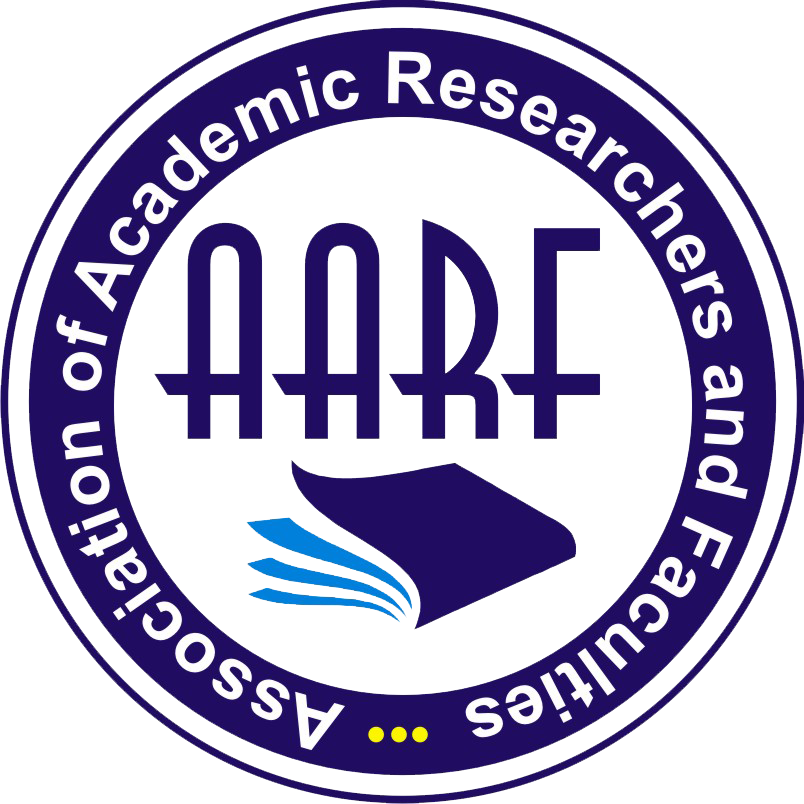Cicily JOHN Dr. Malavika Kaipparettu ABRAHAM
Abstract:
Tele-rehabilitation is a relatively new field in healthcare that makes use of modern communication and networking tools to provide rehabilitation treatments to patients in remote locations. Rehabilitative telemedicine involves providing treatments to patients in a variety of settings, including their own homes, using electronic means of contact. Patients' needs for rehabilitation can be met by telerehabilitation, which is supported since it maintains geographical separation and decreases the likelihood of viral transmission. Tele-rehabilitation helps those who need it by providing them with therapeutic treatments, remote progress monitoring, education, counseling, training, and a place to connect with others who share their condition. All facets of medical rehabilitation have been revolutionized by technological advancements in the last few years, from the delivery of specialised interventions to the supply of cutting-edge therapies. As a result of these rapid advancements, healthcare professionals are now able to give treatment remotely, in a different format. The term "mHealth," which encompasses the utilization of mobile gadgets like cell phones, tablets, and smart phones in healthcare and epidemiological research, has also developed recently. Because of its widespread accessibility and very inexpensive solutions, mHealth is often hailed as a force for positive transformation throughout the world. When it comes to communicating with and treating a wide variety of patients, the transition towards technology-based therapy, especially smart phone-based applications, is a highly significant topic. Due to the widespread nature of non-compliance with treatment and rehabilitation programmes, therapeutic compliance has been a focus of clinical concern since the 1970s. Recent technological progress has the potential to improve therapy results.























